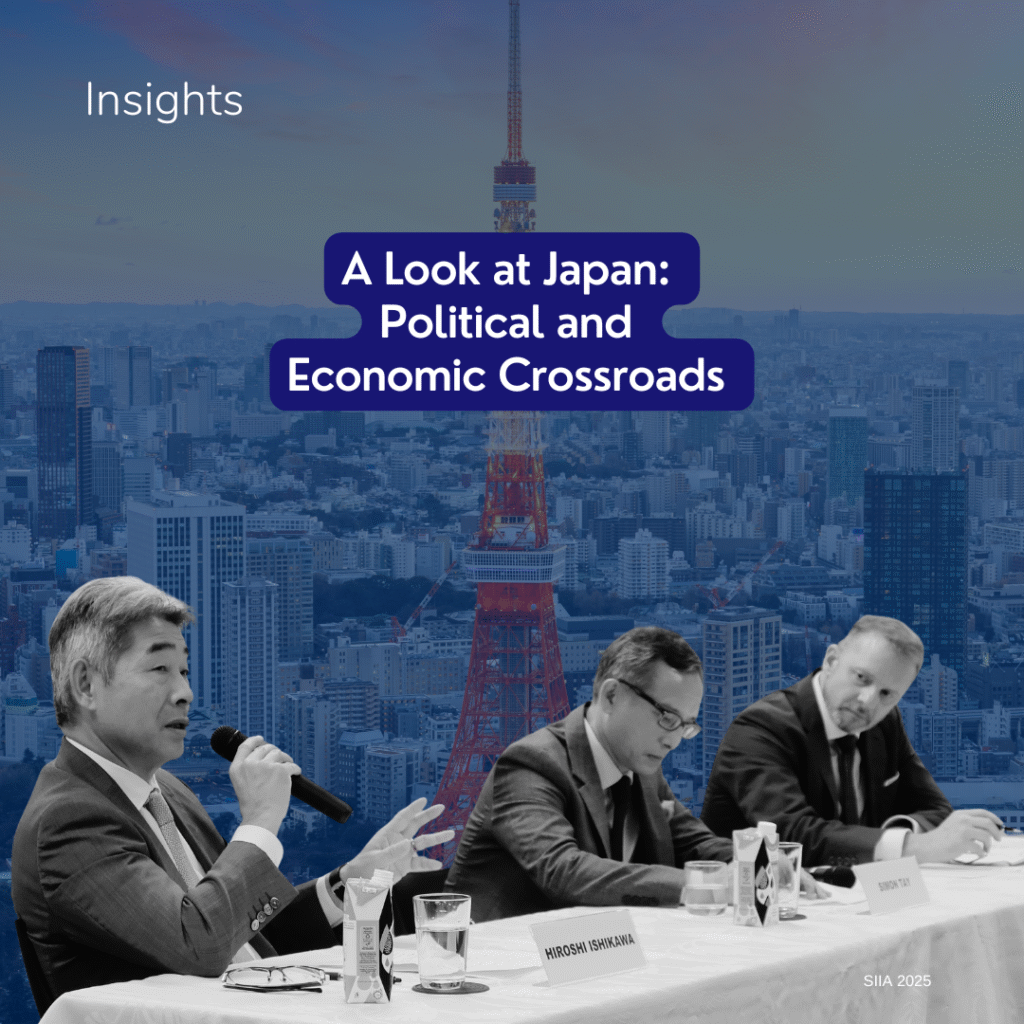The US withdrawal from the Trans-Pacific Partnership (TPP) and the Trump administration’s desire to pursue a strategy of bilateral trade deals has given South-east Asian countries a renewed incentive to conclude free trade agreement (FTA) negotiations that are currently under way. Without the US driving the TPP, other arrangements such as the Regional Comprehensive Economic Partnership (RCEP), an ASEAN-led deal, are even more crucial.
Why mega FTAs matter
Over the past few decades, South-east Asian economies have grown based on trade and investment, fuelled by a network of bilateral and regional FTAs. However, as countries sign more and more FTAs, non-tariff measures (NTMs) have also piled up.
NTMs include national regulations on goods entering a country, such as health and safety standards. Such regulations are often applied in the name of quality control, but they can also act as a major impediment to international trade and can prevent market access. Companies may have to tailor their production to meet the demands of each export market, making processes complex.
Mega FTAs such as RCEP can help streamline these complexities, as they help consolidate multiple FTAs into one single framework. Instead of disparate NTMs specific to each export country, mega FTAs provide a single set of rules that businesses can shape their practices around. Compliance is thus made easier, encouraging more cross border flows.
Blueprint for progress
Mega FTAs are therefore intended to remedy the “noodle bowl effect” caused by multiple overlapping sets of trade rules in the region. However, coming to an agreement over this single set of rules has become a challenge for the RCEP. Owing to the number of stakeholders involved, member states have struggled to find a consensus on non-tariff standards. In particular, ASEAN countries have found it hard to match up to the expectations of regulatory standards from their more developed counterparts.
A recent policy brief by the Economic Research Institute for ASEAN and East Asia (ERIA) suggests that the countries involved in the RCEP negotiate and reform in tandem to help reach a common set of NTMs. This will encourage reforms across member states and help push the RCEP towards ratification.
ASEAN states can begin the regulatory reform process by stress testing new policies in specific sectors and Special Economic Zones (SEZs). In doing so, local governments have a buffer for adjustments before rolling out reforms across the country.
ERIA also recommends that ASEAN as a regional grouping should “get deeply involved in the process of new rules setting”. ASEAN can advocate for reforms that are palatable to the capacity of ASEAN members, while also establishing ASEAN as a standard-bearer for the overall reform process within the RCEP community.
ASEAN to leverage on economic potential to shape regional outcomes
Ultimately, all member states of the RCEP stand to benefit from its ratification. Negotiators, especially from ASEAN countries, should not allow differing regulatory standards to derail discussions. Considering that the majority of the RCEP parties are developing countries, simply concluding a pact that covers almost half of the world’s population should be seen as an achievement of regional integration. Efforts to raise the regulatory standards of the RCEP to the likes of more modern pacts such as the TPP can happen at a later date.
For now, ASEAN can take the lead by conducting internal reforms with regional trade agreements in mind. It is important for ASEAN to come together as a regional community to push forward on the conclusion of the RCEP. Beyond the economics, the deal is also important in helping ASEAN anchor its relevance and centrality in Asia.
Sources:
Market information: Non-tariff measures (NTMs) [International Trade Centre]
Implications of Mega Free Trade Agreements for Asian Regional Integration and RCEP Negotiation (ERIA Policy Brief, December 2016)




